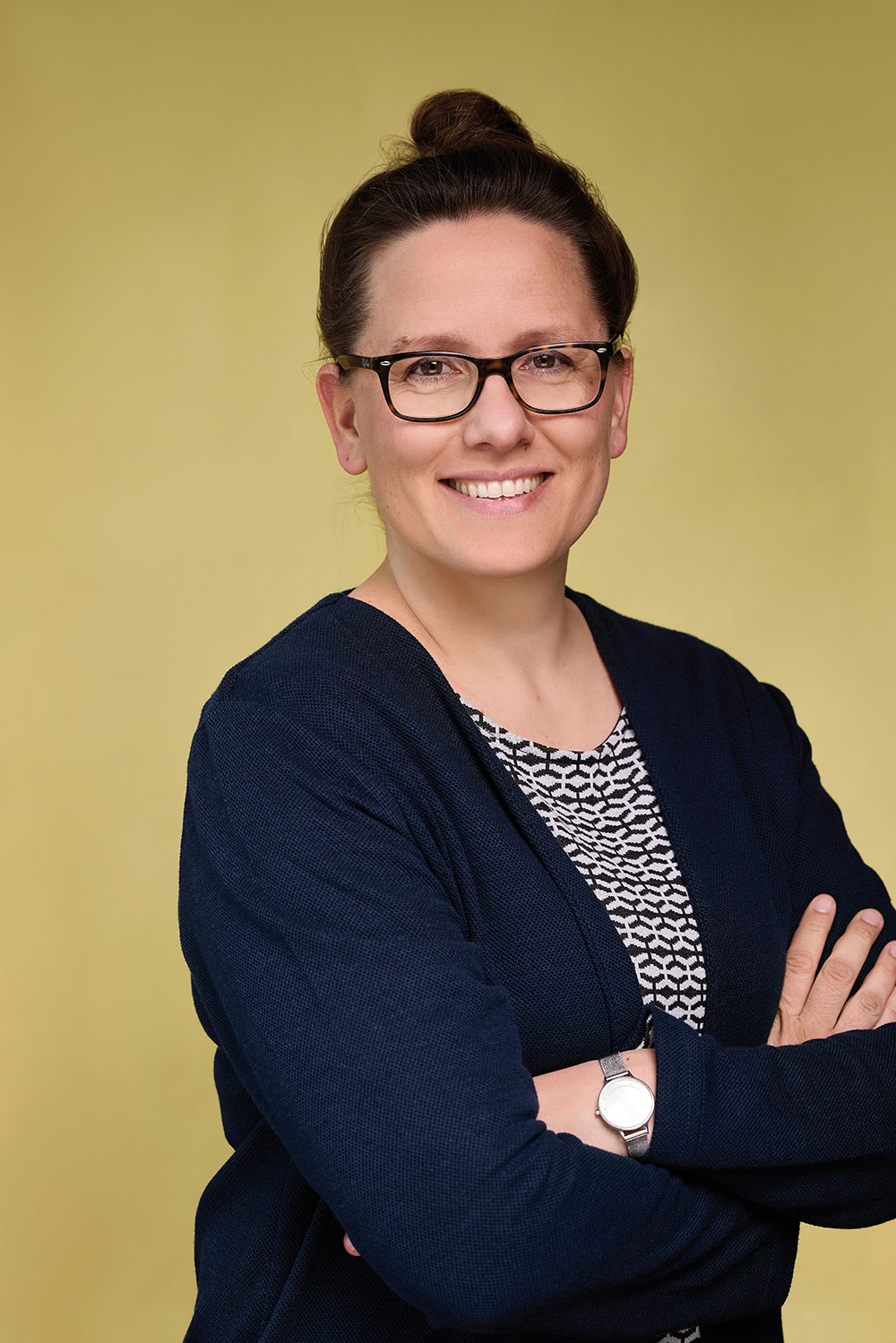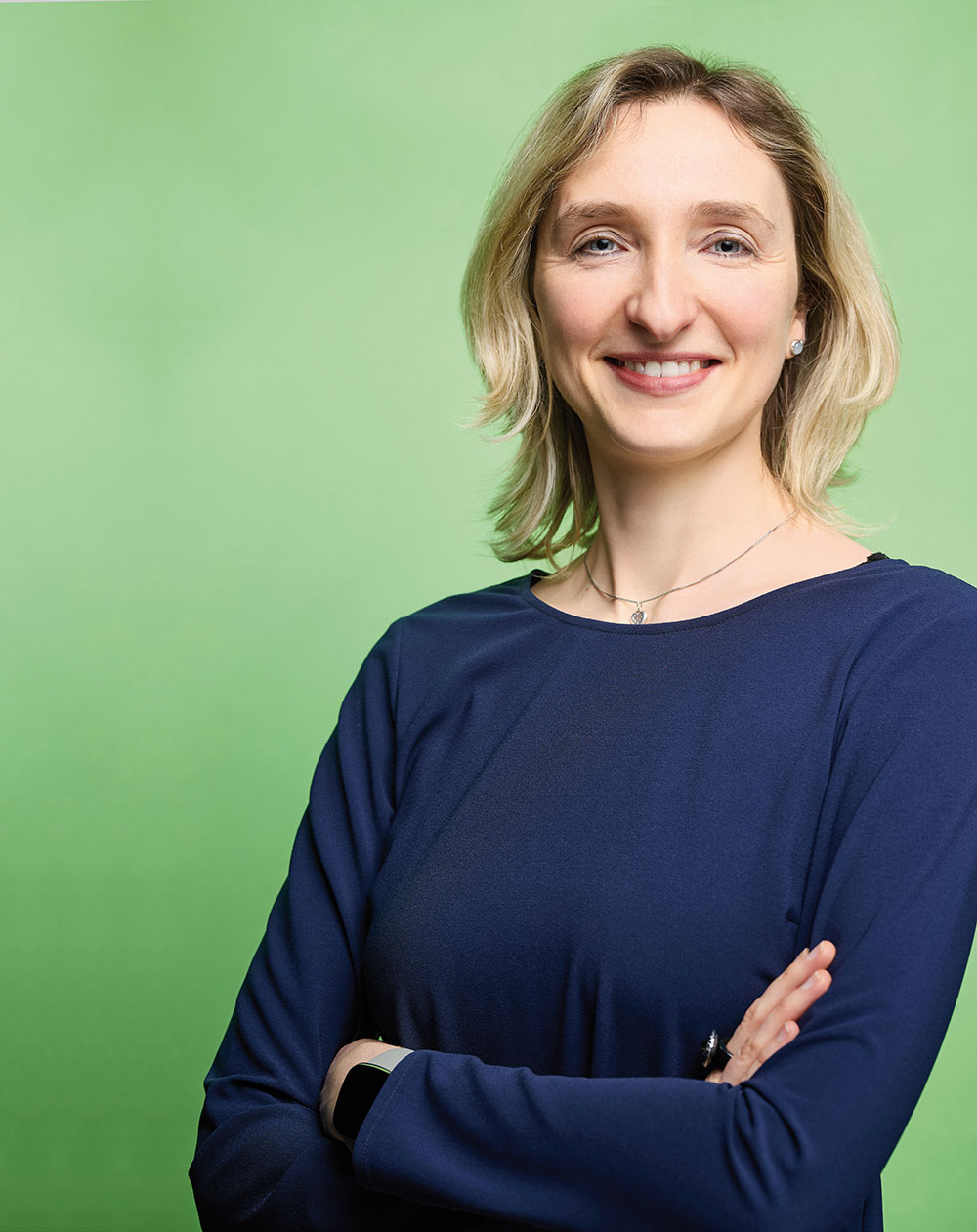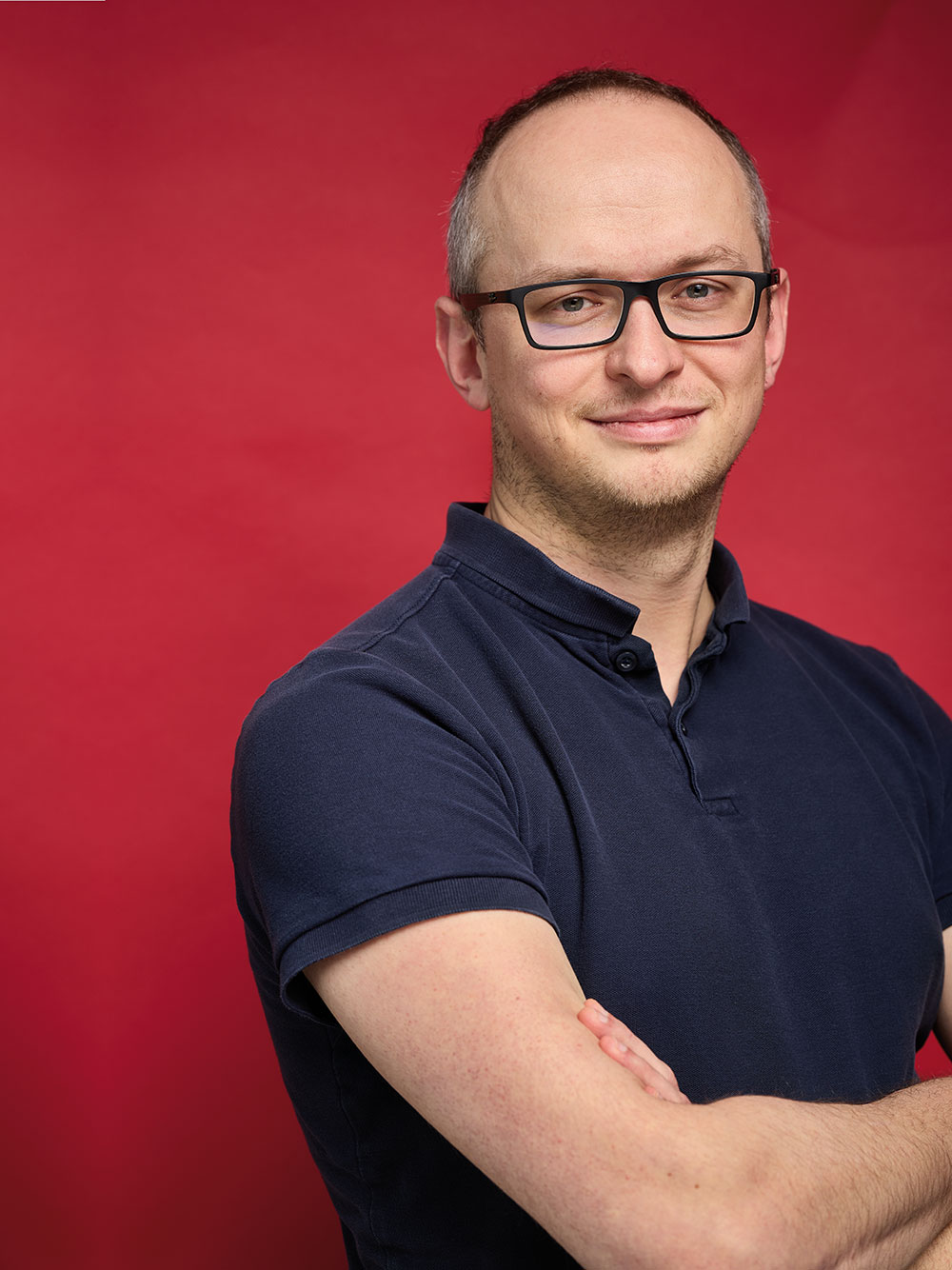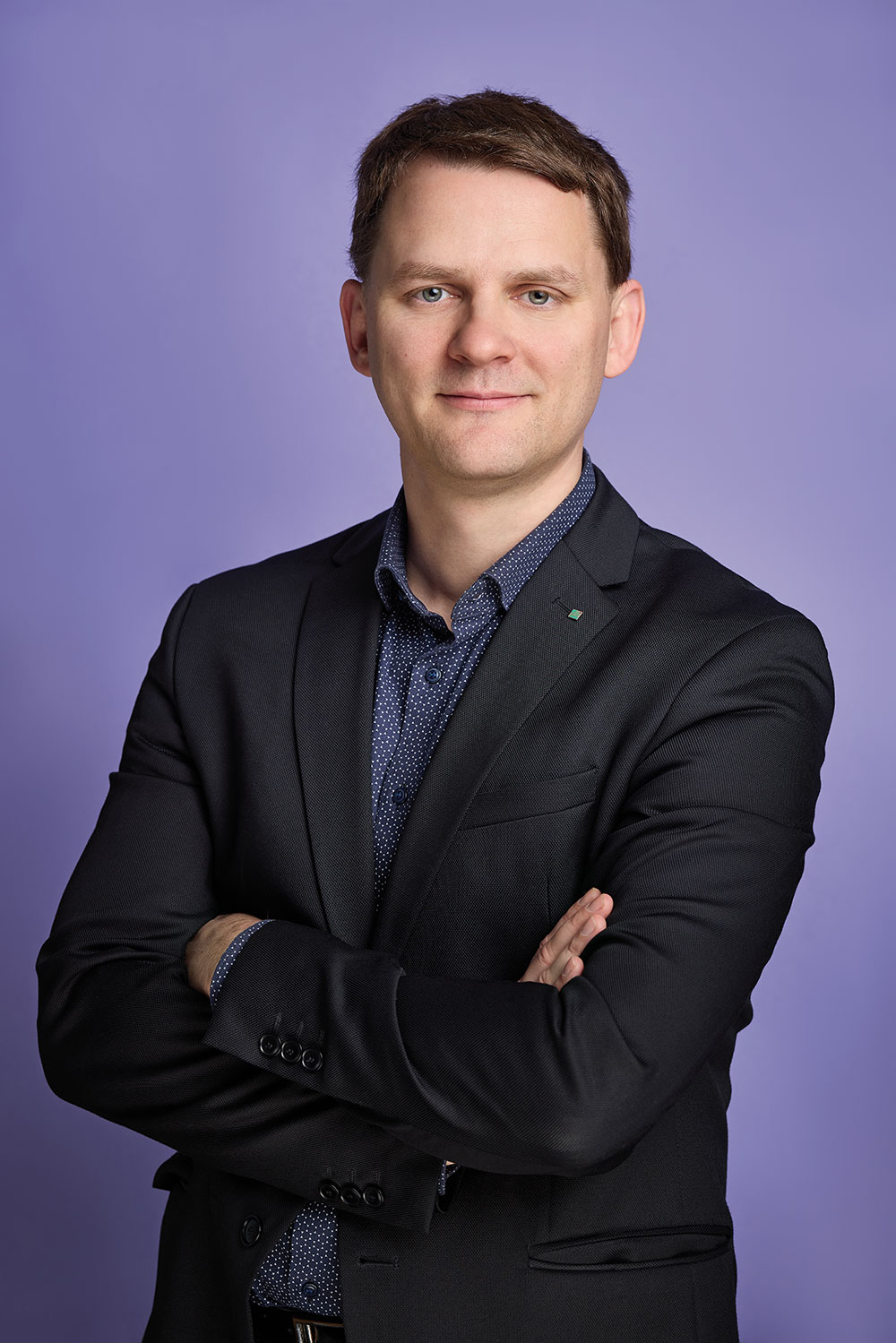Webspecial Fraunhofer magazine 1.2024
Rehabilitating the prime suspect responsible for climate change: More and more technological innovations aim to harness CO2 as a sustainable source of carbon.
One part carbon, two parts oxygen: Carbon dioxide is a fairly simple chemical compound. It also makes up just a tiny fraction of the air we breathe, currently 0.04 percent. But that’s enough to cause big trouble for the entire world. The carbon dioxide in the atmosphere can absorb the heat emitted by the earth and reflect it back down to the planet’s surface. Among the various greenhouse gases, carbon dioxide is the prime suspect responsible for climate change. And that’s not even because it has an especially high greenhouse potential – nitrous oxide, hydrofluorocarbons, and methane rank much higher than CO2 on that score – but because it is produced in the largest volumes and remains in the atmosphere for a relatively long time.
These days, reducing emissions of carbon dioxide is viewed as the single most effective way to combat climate change. But that alone won’t be enough: The amount of unavoidable CO2emissions from Germany alone is estimated at some 60 million metric tons per year. And yet, the German federal government aims for negative emissions by 2050. How are we supposed to get there?
The trick will be to bind more carbon dioxide than is released. As for how to do that, three mechanisms have been proposed. Two of them focus on trapping the carbon emitted: carbon capture and storage (CCS) and carbon capture and usage (CCU). The third, carbon dioxide removal (CDR), takes a different approach. It calls for removing CO2 from the atmosphere and permanently storing it in geological formations or oceanic carbon sinks, in biomass, or in durable products, thereby achieving true negative emissions. In terms of developing the technologies needed for this, time is pressing: Megatons of CO2 will need to be separated to reach Germany’s climate targets alone between now and 2030.
Capturing carbon dioxide directly from the air
The principle of direct air carbon capture and storage (DACCS) is geared toward filtering carbon dioxide out of the atmosphere. To achieve this, a fan moves the air past a sorbent material that soaks up the CO2. “With the natural concentration of CO2 in the air being so low, capturing this greenhouse gas is associated with very high energy use,” says Dr. Barbara Breitschopf, a project manager at the Fraunhofer Institute for Systems and Innovation Research ISI, who explored the potential of DACCS with her team in a policy brief. So DACCS only makes sense in places where there is an adequate supply of renewable energy. “For energy efficiency reasons, though, we should prioritize capturing CO2 at available point sources,” Breitschopf explains. It is more efficient to capture the gas right where it is emitted than to allow it to escape into the atmosphere first and then spend a lot of energy and money filtering it back out.
One of these point sources for CO2 can be the production of hydrogen from or through biomass. This is because H2 is formed not only through electrolysis, but also through conversion of organic residue and waste from fields such as food production and agriculture. In the H2Wood – Blackforest project, for example, researchers from the Fraunhofer Institute for Interfacial Engineering and Biotechnology IGB are working to use wood waste from Germany’s Black Forest to generate hydrogen. If the biogenic carbon dioxide produced as a byproduct of these kinds of processes is captured and used or stored on a long-term basis, the hydrogen production is said to be CO2-negative – a win-win from an environmental standpoint.





